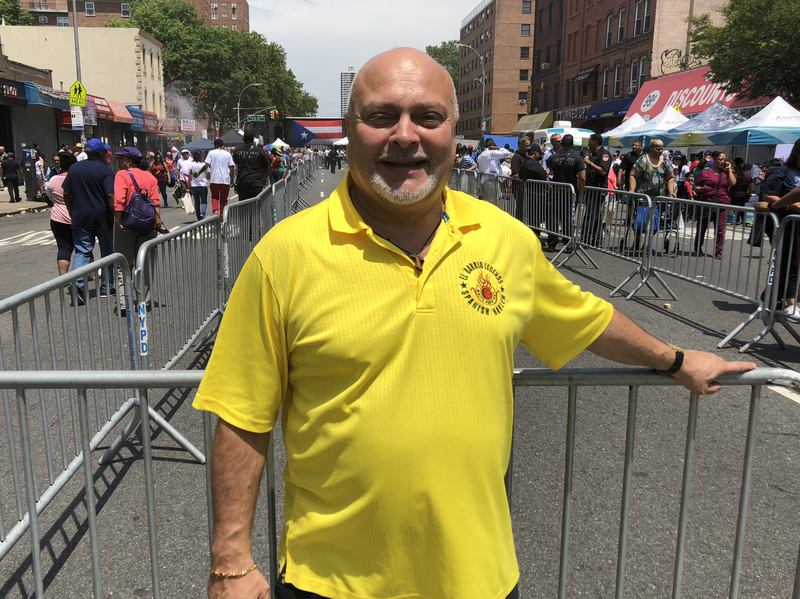
WNYC has been taking a close look at affordability in New York, one neighborhood at a time. Now, we’re zeroing in on East Harlem, also called El Barrio. It’s known today for having a strong Puerto Rican community and a rich culture. But like so much of the city, housing costs are rising and demographics are changing.
Henry Comas, who is half Italian and half Puerto Rican, grew up in the neighborhood playing street games like stickball and catch and kiss, “If you could find someone to play with you,” he said. Over the years, he's watched East Harlem change from predominantly Italian to Puerto Rican to the diverse community it is today: While half the neighborhood's population is Hispanic, the Puerto Rican community has been shrinking as the number of Dominicans and Mexicans has increased. A third of the residents are African American, and the white and Asian populations have been growing fast as well.
Comas said he loves the culture, diversity, and energy of the neighborhood. “It’s an amazing time,” he said, “if we can just maintain the affordability.”
Many people who have lived in East Harlem for a long time are feeling squeezed. Rents have increased 40 percent in the past three years and private development is taking off. The city also recently rezoned much of the neighborhood with plans to invest over $200 million and allow for the construction of nearly 3,500 new apartments, about a quarter of them designated as affordable housing units. But many residents opposed the rezoning and worry that even those “affordable” apartments will be out of their reach. As the neighborhood gentrifies, the people who live in the many public housing complexes say they’re feeling increasingly isolated.
“The rents are going up. The cost of living. The food. And based on that either you swim or you can’t,” Comas said, “A lot of the indigenous residents especially our seniors are finding it difficult to stay. They move out. The rents are raised. You have a new influx of people that can pay that amount.”
